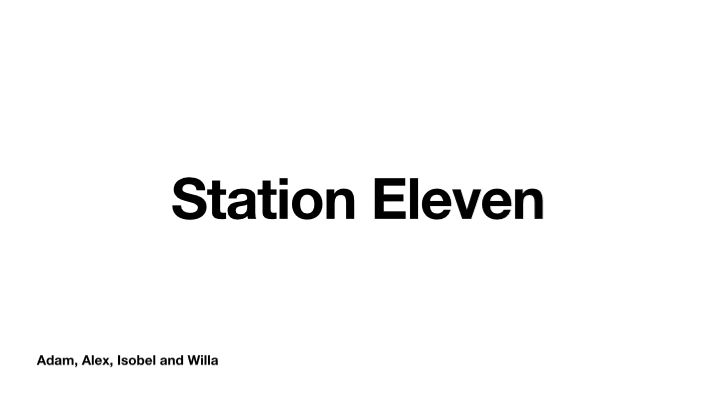Hello.
So, it’s been a while since my last post and things are… different, to say the least. There’s an ongoing global pandemic. Schools and businesses are shut down except for “essential work”. People are protesting because they want haircuts. In short, it’s a mess.
In fact, you might even compare it to a dystopia, which is precisely what we did in our most recent project.
Well, actually, before we did that, we did an assignment where we broke into small groups and designed our own utopias. Parker and I pitched a world with no problems, lots of snacks, a muppet government, and a beautiful flag that I made in all of five minutes.

Aside from highlighting my graphic design skills, this assignment allowed us an insight into everyone’s idea of a “perfect” world. That the answers varied greatly, and that most people designed fairly outlandish fantasy worlds, both speak to the fact that a perfect world cannot really exist. It’s difficult to even seriously conceptualize what a real life utopia would look like.
It’s a lot easier to picture a real life dystopia, since we’re essentially living in one, but in order to answer our driving question – how do literary dystopias help us understand what is happening now – we also had to dive into some not-so-real-life dystopias. We were given a list of four novels to choose from: George Orwell’s 1984, Margaret Atwood’s The Handmaid’s Tale, Emily St. John Mandel’s Station Eleven, and Max Brooks’ World War Z.
I chose to read Station Eleven, which follows the impact of a flu pandemic on the lives of several characters at different points in time. Aside from being about a flu pandemic, the novel is set in Canada, and unlike many dystopias, a portion of it takes place in the present day. All of this made the story feel very grounded in reality, but it also meant that reading it hit pretty close to home.
The similarities to current events did make it easier to pick topics when we had to write paragraphs connecting the events of the book to the present day, although I initially misunderstood the assignment and just wrote a paragraph analyzing the use of multiple narrators throughout the book. On my second try, I talked about people intentionally breaking social distancing restrictions, and even directly protesting against them.
After reading and discussing our books, it was time to tackle our main assignment: creating a presentation that actually answered the driving question. My group decided to use animation throughout our presentation to make it more engaging. We also decided to talk about The Maze Runner in an effort to broaden our definition of “literary dystopia”. Station Eleven is only one example of a dystopian novel, and one that’s incredibly close to our specific situation. Bringing in another example of dystopian literature helped ensure our answer was applicable to dystopian fiction at large, not just the book we had read.
We also wanted to have a specific focus on the neurological effects of the pandemic, and social distancing.
With these things in mind, we created a thesis – literary dystopias can help us process what is happening in the world by using an extreme or allegorical set of events that we can compare to our own situation, but they cannot account for the specific circumstances and neurological effects people will face in a mass crisis – , pitched our idea, spent a few days doing research, and put together our animation.
Although school is very weird right now, I enjoyed doing this project. However, I feel I could have written a clearer thesis that better answered the question, since I mostly looked into just “how can (or can’t) literary dystopias help us in the current situation” rather than how they specifically help us understand it.
I also really enjoyed reading Station Eleven, and I’m interested in rereading it once the pandemic is over and seeing if the experience is different. Until then, I’m planning on leaning more into escapism with some non-dystopian fiction.
Toodles.

